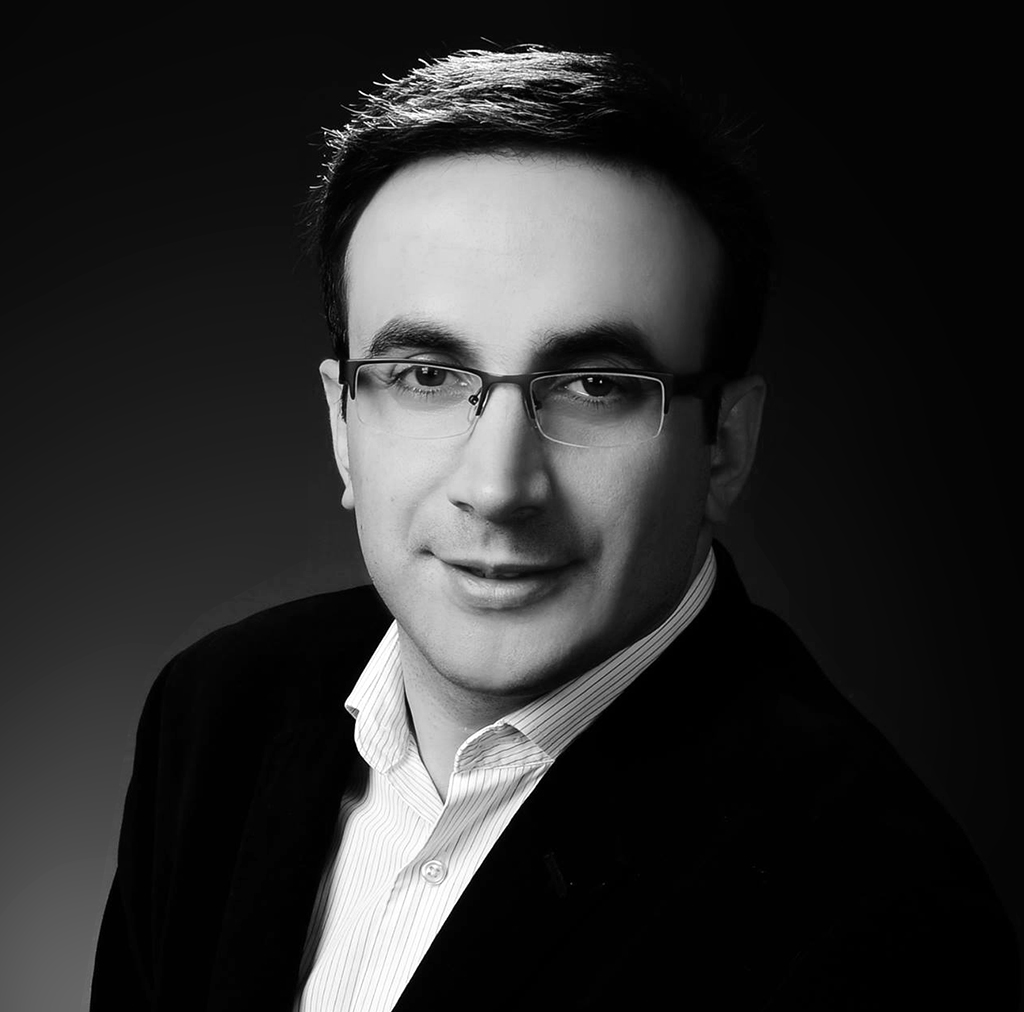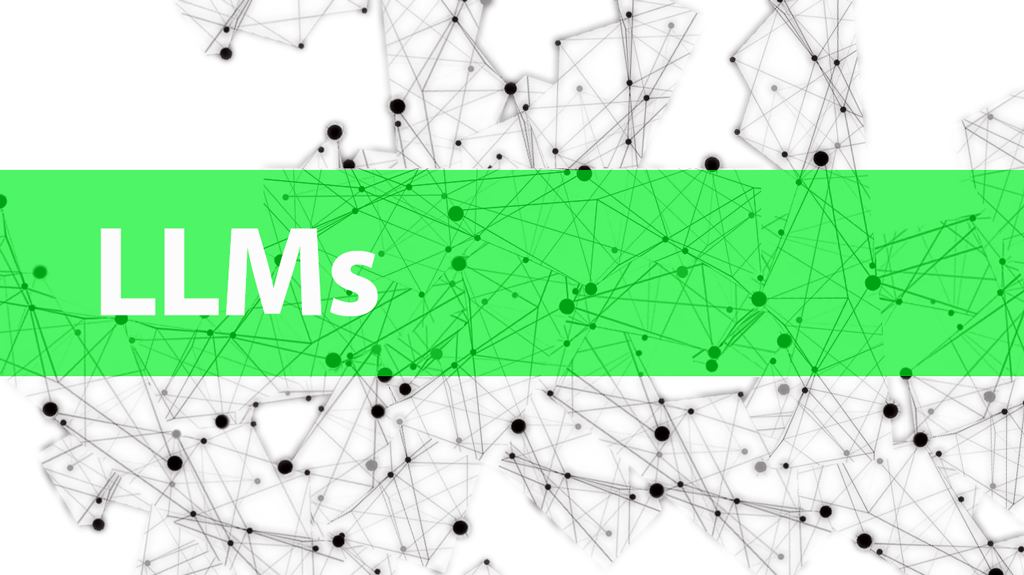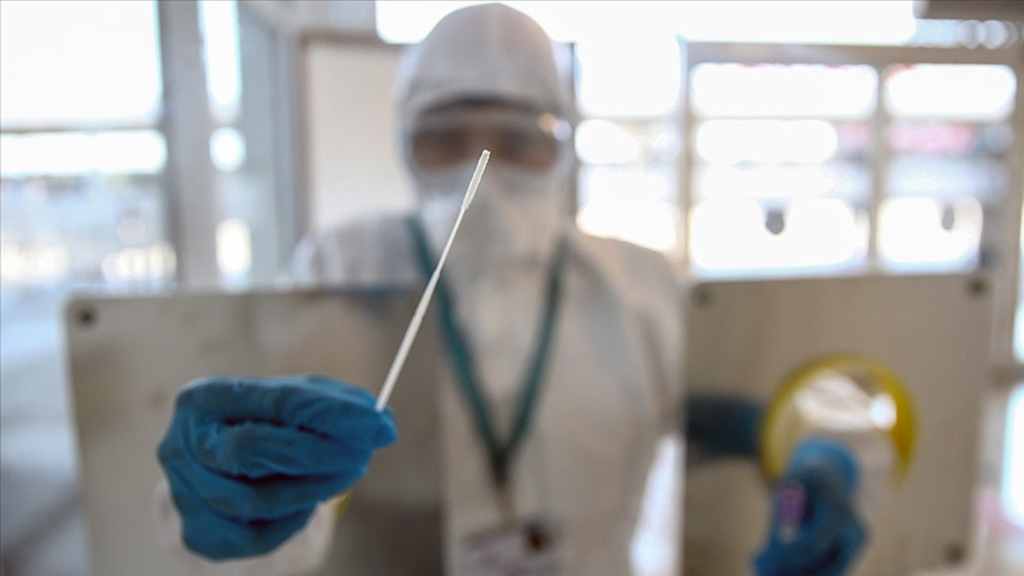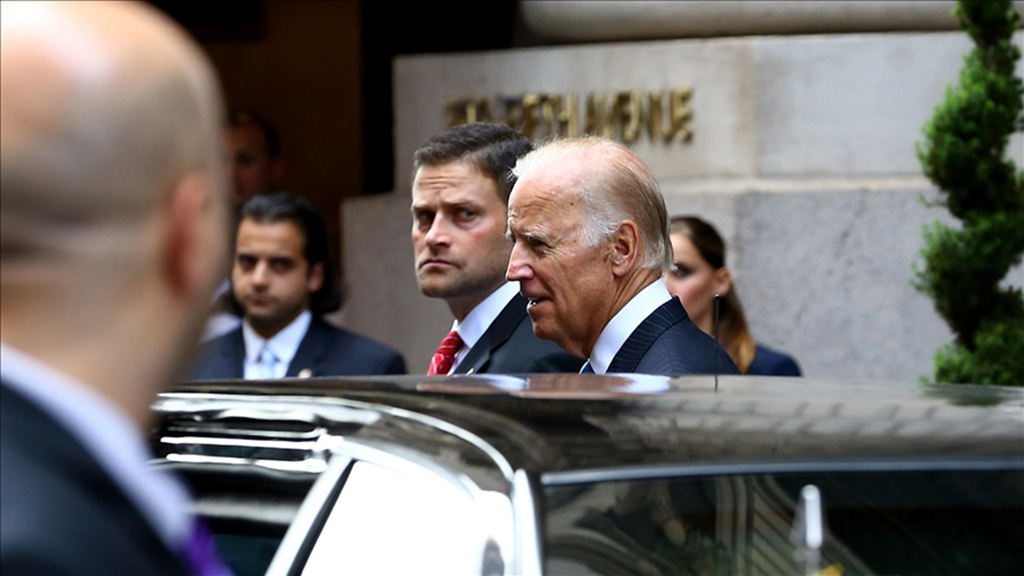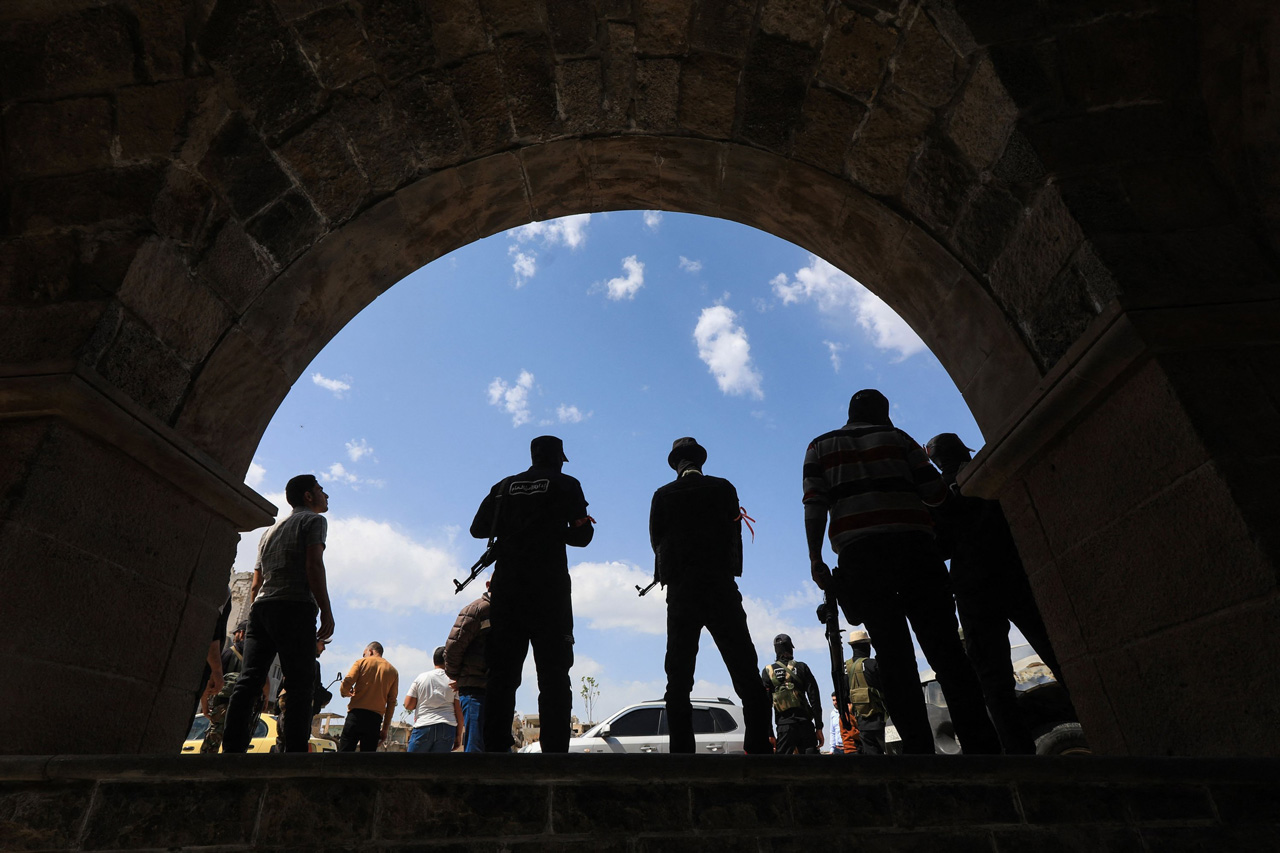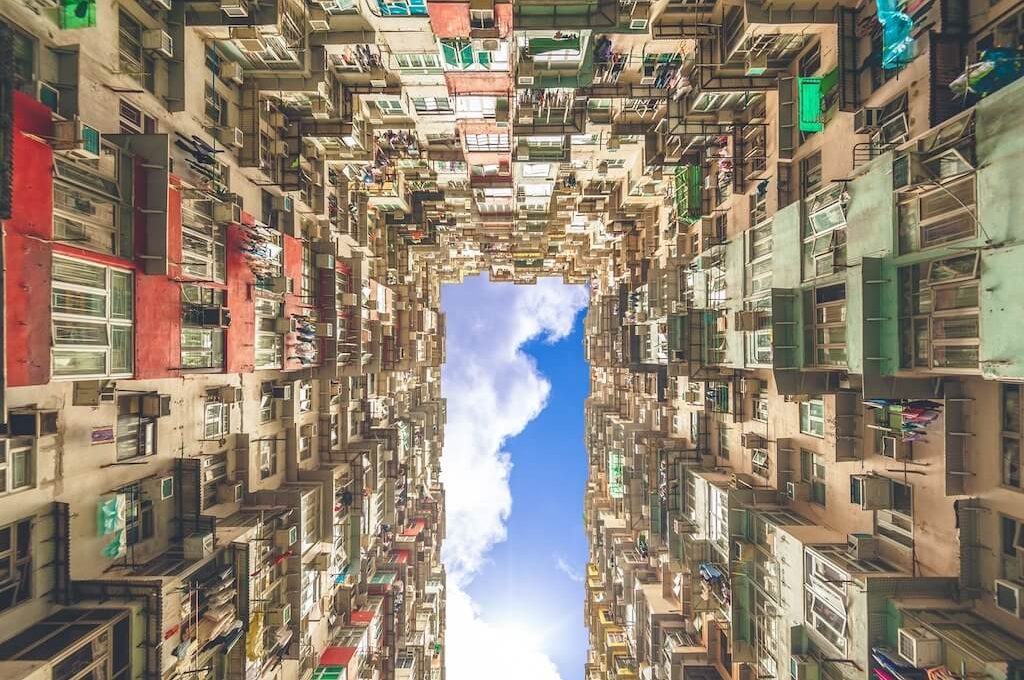
How the Global Pandemic Widens the Gap between the Poor and the Rich
The Coronavirus pandemic has shown that capitalism is dysfunctional when labor is inactive.
Share
The COVID19 pandemic has surely been the most challenging and costly shock of the past few decades. For some, it was even the biggest shock of the post-Great Depression era. Global economic activity in 2020 went down by 3.3% – and even up to 10% declines for some including the UK. On the other hand, in today’s new post-pandemic era, it is of the uttermost importance that we have learnt from our experiences of 2020 and 2021.
Lockdowns and closures led to unprecedented supply and demand shocks, and further negative long-term effects on investment and expectations. Global lockdowns, factory and business closures, travel restrictions, and school and public service closures, all led to astronomical declines in economic activities. Supply chains were broken, production processes were stopped, and business closures and unemployment rates skyrocketed. Unemployment surge and rising inequalities followed. The poor, low-skilled, and vulnerable were impacted disproportionately by COVID19.
The most eye-catching effect of the pandemic was the increasing inequalities trend all over the world with quarantines and lockdowns contributing to the trend of the past decades. COVID19...
Read more: How the Global Pandemic Widens the Gap between the Poor and the Rich
[Politics Today, February 21, 2022]
Tags »
Related Articles
Opinion
'America is back': Has Biden restored US foreign policy after 1 year in office?
January 2022
